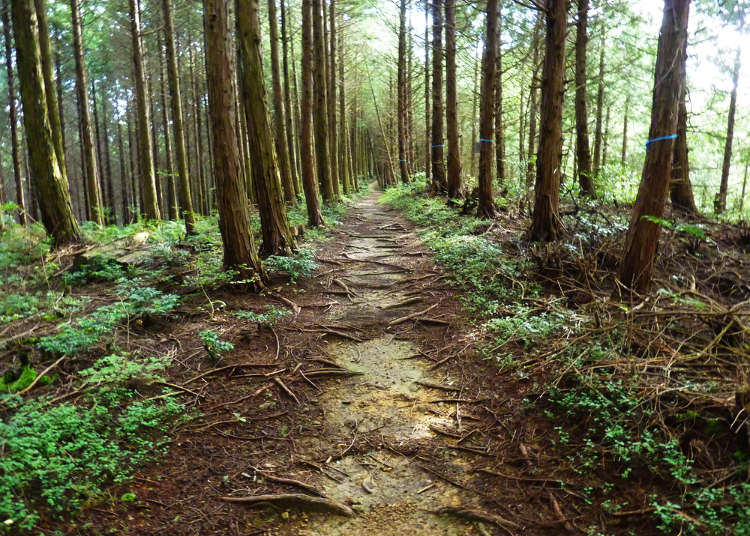
Unique places where you can truly experience a sense of Japan's history, are historical sites where shrines and temples once stood.
What are Shaji-ato and Kyu-keidai?
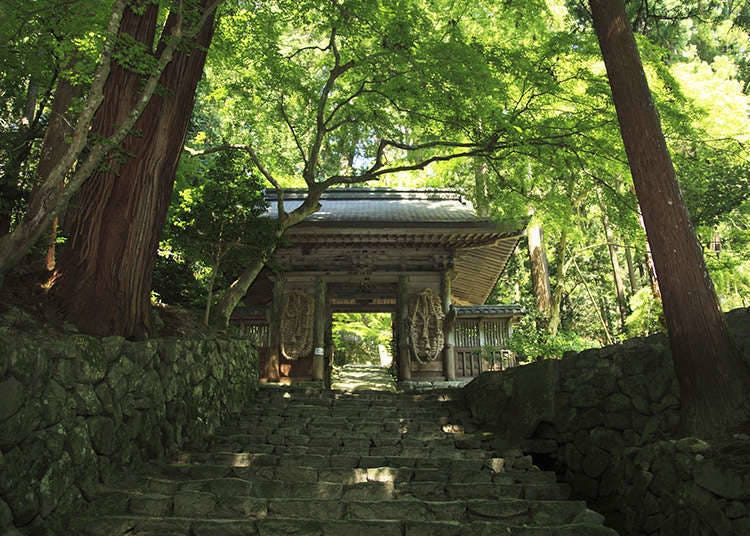
Shaji can mean shrine as well as temples. Keidai refers to the site that is under a shrine's or temple's administration. The remains of these buildings are called historical sites of shrines and temples (shaji-ato), and the place where temples used to exist are called the former precinct (kyu-keidai).
Ruined By Man-made Disasters
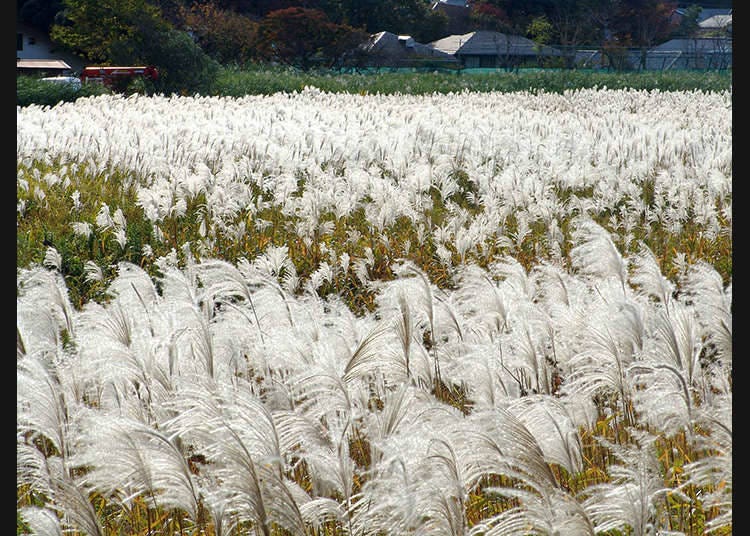
One of the reasons why shrines and temples fell to ruin are accidents. In many cases, the buildings were burned down by fire. Yofuku-ji Temple in Kamakura City in Kanagawa is now a field covered with Japanese silver grass.
Ruined By Policies
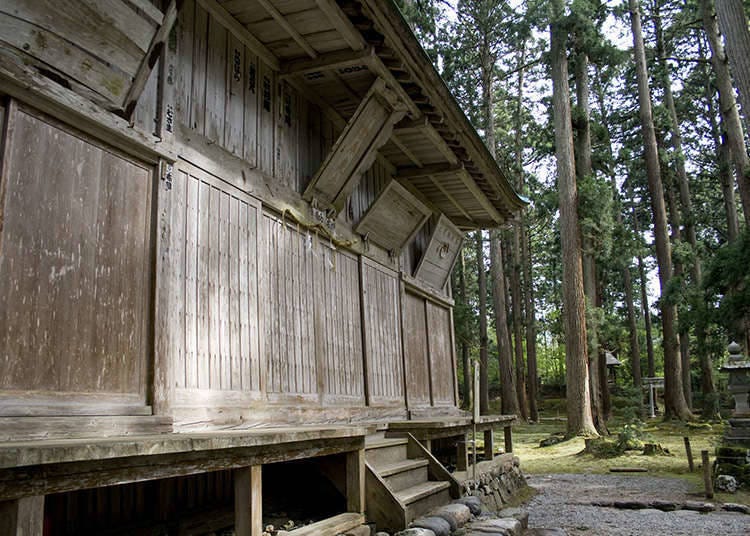
Many temples and shrines were destroyed as a result of an anti-Buddhist policy called haibutsu-kishaku that was adopted by the government as a part of its modernization push. The government's aim was to drive out Buddhism, which originally had come from abroad, and to adopt Shinto as the national religion. People were also deprived of property and status relating to Buddhism.
Ruined By Uprisings
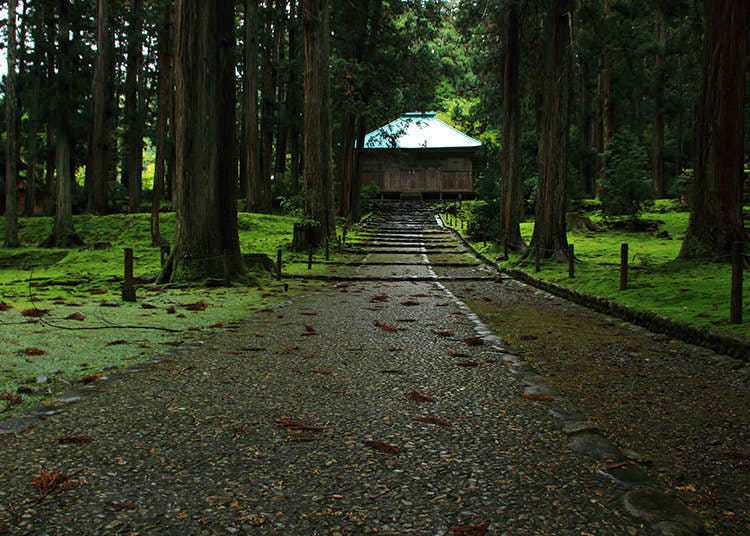
During the centuries, many buildings were destroyed in the wake of uprisings against those in power. In the Warring States period, a Buddhist sect called Ikko-ikki rose up against the feudal lords and it is believed that many a religious building fell victim to these riots.
The Significance of These Historical Sites
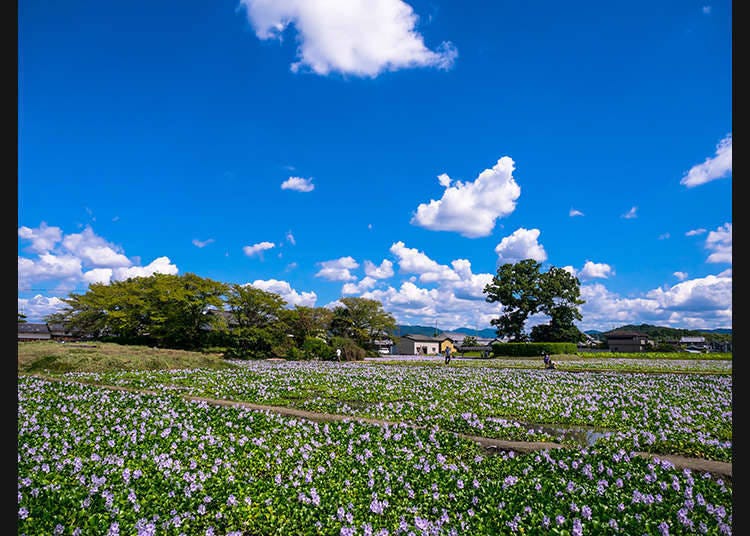
Sometimes, a blossoming field or a skyscraper-littered corner of a business district was once the site of a shrine or temple. With the proper background knowledge, the flow of time can be experienced very vividly at these former shrine and temple grounds!
- Category
*Prices and options mentioned are subject to change.
*Unless stated otherwise, all prices include tax.
Popular Tours & Activitiess
Recommended places for you
-

Kanzenkoshitsuyakinikutabehodai Gyugyu Paradise Sannomiya
Yakiniku
Kobe, Sannomiya, Kitano
-

Kambei Sannomiyahonten
Yakiniku
Kobe, Sannomiya, Kitano
-

ISHIDAYA Hanare
Yakiniku
Kobe, Sannomiya, Kitano
-
Goods
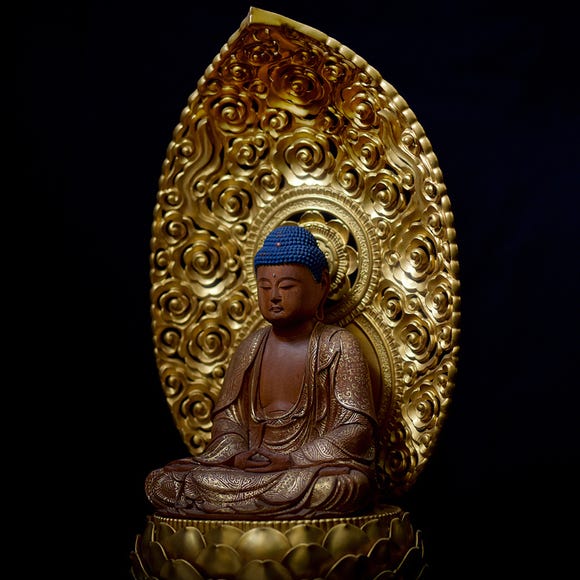
Yoshida Gennojo-Roho Kyoto Buddhist Altars
Gift Shops
Nijo Castle, Kyoto Imperial Palace
-
Appealing

Rukku and Uohei
Izakaya
Sapporo / Chitose
-

Jukuseiniku-to Namamottsuarera Nikubaru Italian Nikutaria Sannomiya
Izakaya
Kobe, Sannomiya, Kitano
-

Simply Oishii Wagashi School Discover Japanese Culture Through Wagashi: A Hands-On Experience!
by: Guest Contributor
-

A Travel Game Changer! Go Hands-Free Between Tokyo and Kyoto with LUGGAGE EXPRESS by JTB and JR Tokai
by: Guest Contributor
-

New Seibu L00 Series Launching in 2026! What to See Along the Tokyo-Area Golden Route
by: Guest Contributor
-

[Extended Offer!](12% OFF KKday Coupon) Mt. Fuji Autumn Leaves, Powder Snow & More! 15 Best Tours to Experience Japan in Fall & Winter
-

Strawberries, Style, and Tokyo’s Coolest Neighborhood: Winter Afternoon Tea in Kichijoji
by: Guest Contributor
-

The Best Japanese Food Representing 2025! 'Dish of the Year®' Annual Award Results Announced
-

Tokyo Roppongi|Roppongi Station Area Map & Sightseeing Information
-

Top 5 Things to Do in Hokkaido's Biei and Furano Area: Shirogane Blue Pond, Lavender Fields, And More!
-

The Best of Japan: 11 Major Cities Every Traveler Should Visit
-

20 Best Things to Do in Fukushima Prefecture (Sightseeing Attractions, Local Foods & Activities)
-

Keisei × Keikyu 16-Temple Goshuin Tour: Discover Deeper Tokyo & Yokohama
by: Guest Contributor
-

Tokyo Roppongi: 5 Most Amazing Spots at Roppongi Hills and How to Make the Best of Them!
- #best sushi japan
- #what to do in odaiba
- #what to bring to japan
- #new years in tokyo
- #best ramen japan
- #what to buy in ameyoko
- #japanese nail trends
- #things to do japan
- #onsen tattoo friendly tokyo
- #daiso
- #best coffee japan
- #best japanese soft drinks
- #best yakiniku japan
- #japanese fashion culture
- #japanese convenience store snacks












